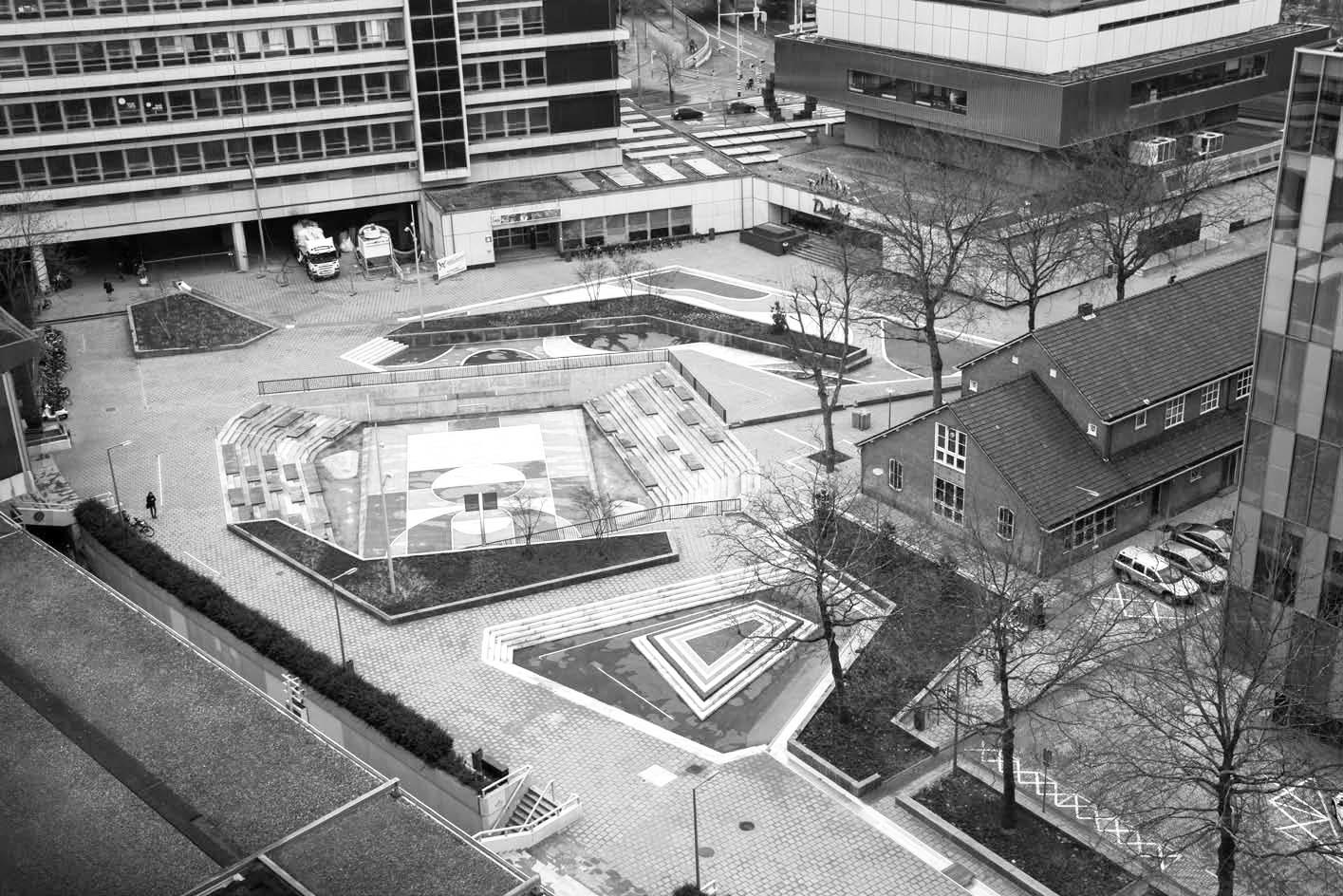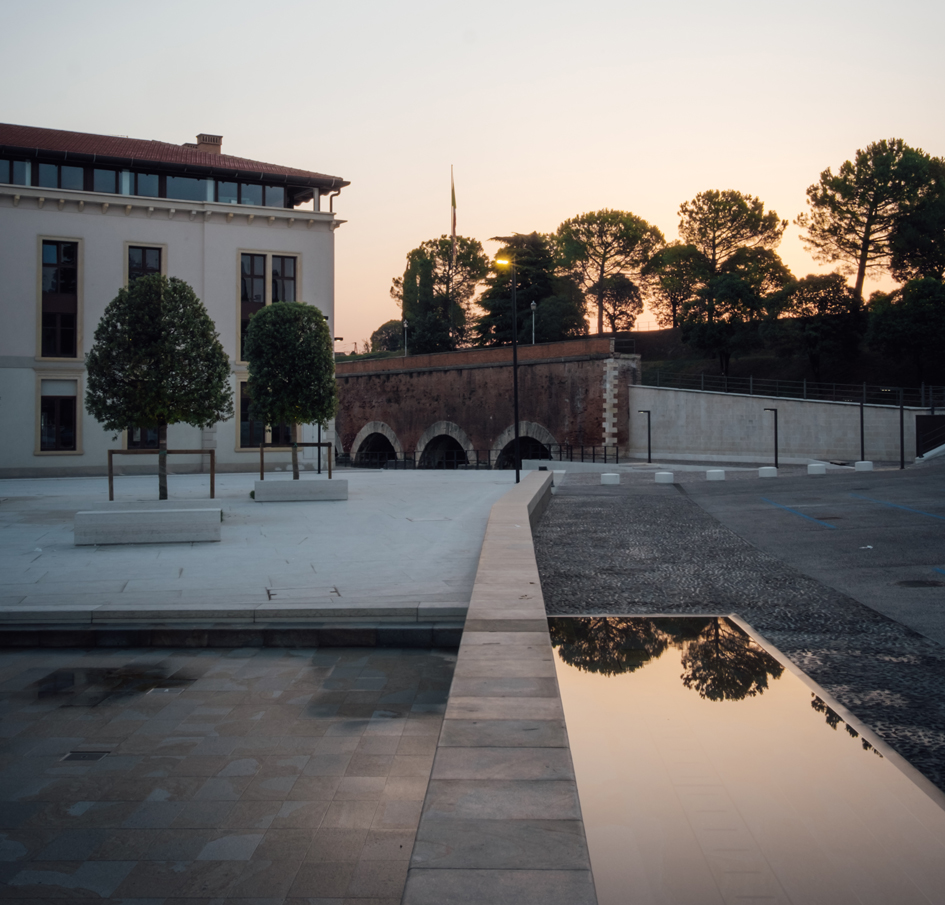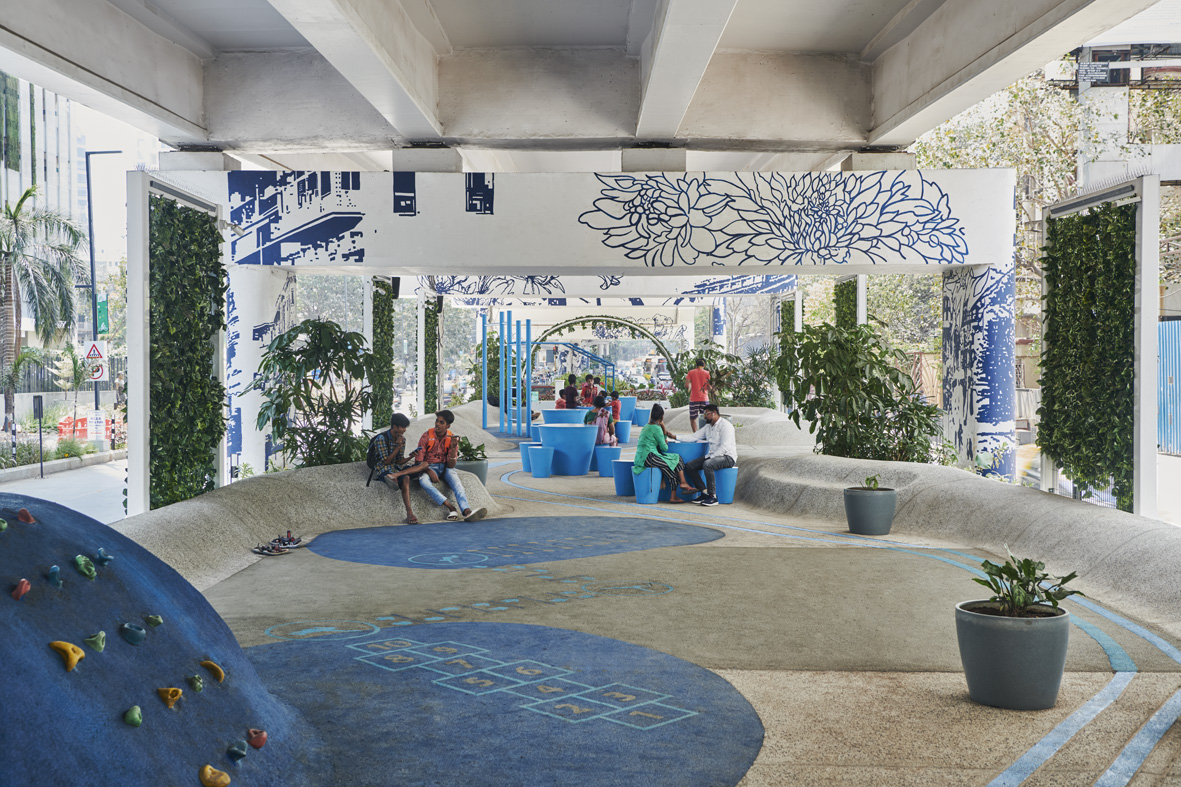MAR
APR
2023
Rethinking Public Space
Public space is the set of voids separating buildings: it is the articulated and unpredicted sequence of streets, squares, laybys, parks and gardens: it can be accessed by everyone, represents the foundation of the very essence of the urban phenomenon and also – as stated in one of the definitions of public space in the Treccani vocabulary – “the permanent space that produces the double and deep impression of belonging to the city to its users, and its existence is the foundation for the concept of citizenship itself”. Voids, that is, spaces between buildings, serve as structural elements for the reconfiguration interventions of cities and territory, from the small to the large scale. As a support infrastructure connecting the buildings, they contribute to increasing the value of constructions; by welcoming green, water and other systems for the mitigation of construction-related impacts, they can affect energy and environmental sustainability; as a set of places for meeting and social interaction, they produce a sense of belonging and social relationships within a community. The essays and articles in this issue reflect on these opportunities and on the various design actions to perform to regenerate the void and unresolved parts of our cities. The selected interventions belong to at least two categories: one involves redesigning squares and other places for transition and meeting, primarily located in the historic fabric of small-to-medium urban centers, whose characteristics have been distorted by the variation of street networks, uses and habits over time, involving many Italian cases; the other one, which deals with the typical residual spaces of the contemporary metropolis, focuses on foreign examples.
















